Extensor carpi ulnaris muscle
Table of Contents
Extensor carpi ulnaris Muscle Anatomy
Extensor carpi ulnaris is a fusiform muscle in the posterior forearm. It spans between the elbow and the base of the little finger. Like all the muscles of this compartment, the extensor carpi ulnaris works as an extensor of the wrist. Moreover, due to its specific course, this muscle also acts to adduct the hand.
Origin
It originates from the lateral epicondylar of the humerus and the posterior border of the ulna.
Insertion
It inserts on the base of the fifth metacarpal bone.
Nerve supply
It is innervated by the posterior interosseous nerve.
Blood supply
It is supplied by the Radial recurrent artery and posterior interosseous artery.
Action
It extends and adducts the hand at the wrist joint.
The oblique course of extensor carpi ulnaris orientates its direction of pull posterolaterally, meaning that its contraction results in a combined extension and adduction (ulnar deviation) of the hand.
Strengthening Exercises
1. Empty Handshakes Exercise
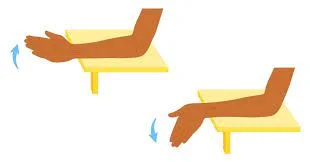
- For this exercise, you‘ll need a flat surface like a table.
- Your forearm should start by resting on the table. You can be seated or standing.
- Your hand and wrist should be hanging off the table.
- Turn your hand to the side as if you were going to shake someone‘s hand. This is the starting position.
- To complete the exercise, move your hand up and down in a chopping motion.
- Hold your movement at the top and at the bottom of the movement.
- Complete the action for 3 sets of 10 reps.
2. Wrist Extension Exercise

- For this exercise, you‘ll need a flat surface like a desk or a tabletop. You‘ll also need a lightweight dumbbell, weighing around 1-2 lbs.
- Standing or sitting with your feet shoulder-width apart, grab the dumbbell with an overhand grip and lay it on the tabletop, with your wrist and working hand hanging off the table. Your palm should be facing down.
- When you‘re ready, pull the dumbbell up by bending the wrist up and extending it as high as possible.
Stretching Exercise
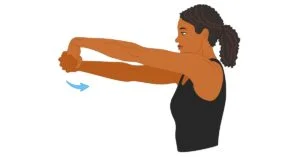
- Extend your right arm in front of you with your palm facing downward.
- Bend the wrist of your right arm, pointing your hand toward the ground.
- Using your left hand, bend your wrist in an even more downward direction.
- You should feel the stretch through the top of your forearm.
- Hold the stretch for 10-15 seconds, repeating as needed.
Clinical Relevance
- The extensor carpi ulnaris is an important muscle in the activity of the wrist and forearm that contributes not only to the extension and adduction of the wrist but also to its medial stability.
- It is most commonly injured in athletes subject to forceful wrist movements.
- Repetitive flexion and extension of the wrist can lead to tenosynovitis due to the irritation of the tendon and the sheath that holds it in place.
- Continued excessive stress on the tendon can cause structural damage which can lead to a partial tear.
Tennis Elbow:
Tennis elbow is a frequent injury of the extensor carpi ulnaris. People who engage in repeated arm, elbow, and wrist motions, particularly while they are firmly grasping an object, are more likely to get this injury. Pain when shaking hands or squeezing/gripping an object are some signs of an extensor carpi ulnaris injury. When a person flexes their wrist firmly, the discomfort gets worse.
This pain worsens because the extensor carpi ulnaris, which glides along the medial epicondyle of the humerus when the arm is extended, has been injured close to the elbow. As a result, the damage that already exists becomes irritated. Tennis elbow can be treated with Rest, physical therapy, occupational therapy, elbow brace, pain relieving anti-inflammatory drugs, and rest.
Extensor carpi ulnaris muscle Injury treatment
Imaging (CT, MRI, ultrasound) is most frequently required for the diagnosis of ECU damage. A doctor will decide on a course of therapy for the ECU damage after diagnosing it. This decision will be based on how severe the injury is.
Conservative therapies involve casting the afflicted wrist to immobilize and stabilize it. In order to be sure that all wrist movement has been halted, a lengthy arm cast could be necessary. The treating doctor will decide how long the patient will be immobile. The cast will be taken off when the immobilization time is over, and more damage investigation will be needed. Invasive treatments may be necessary if the damage did not heal with conservative courses of treatment or if the injury was initially too severe for conservative care.
The cast will be taken off after the immobilization period is completed, and additional injury analysis will be needed. Invasive procedures can be required if the injury did not get better after receiving conservative care or if it was too severe for conservative care to begin with.
The two most common invasive procedures are surgeries and steroid injections. Although surgical repair or rebuilding of the ECU is not frequently necessary, it might be in the case of a serious ECU injury.
FAQs
At the wrist joint, the extensor carpi ulnaris (ECU) muscle generally performs two primary functions:
Wrist Extension: The wrist joint extends as a result of the ECU muscle contracting along with other wrist extensors. The action of extending the wrist causes the hand to slide backward, bringing the hand’s back closer to the forearm. For tasks like lifting items, pushing, and making different hand motions, this action is crucial.
Adduction of the wrist joint: The ECU muscle is also involved in the adduction of the wrist joint. The movement of the hand towards the ulnar (pinky finger) side of the forearm is referred to as wrist adduction. Certain grabbing and gripping motions are made possible by this motion.
Wrist adduction and extension work together to support a number of basic hand and forearm actions. These movements are essential for everyday tasks including typing, writing, playing sports, and carrying goods. In order to offer precise control and stability during these motions, the extensor carpi ulnaris collaborates with other forearm muscles.
The extensor carpi ulnaris (ECU) muscle has a unique origin and insertion in the forearm.
Origin: The ECU muscle originates at two different locations on the back of the forearm:
Lateral Epicondyle of the Humerus: The ECU muscle has a tendon that originates from the lateral epicondyle of the humerus. The lateral epicondyle is the bony prominence on the outer side of the elbow joint.
Posterior Border of the Ulna: The other part of the ECU muscle originates from the posterior border of the ulna. The ulna is one of the two bones in the forearm, and the posterior border is the side facing away from the palm.
Insertion: The ECU muscle is inserted at the base of the hand’s fifth metacarpal bone, which links to the pinky finger. The insertion place lies close to the wrist joint on the dorsal (rear) side of the hand.
Pain in the extensor carpi ulnaris (ECU) muscle or its associated structures can result from various factors. Some common causes of ECU pain include:
Overuse or Repetitive Strain: Activities that involve constant gripping or repetitive hand and wrist movements, such as typing, using a computer mouse, or playing some sports (including tennis or golf), can impose undue strain on the ECU muscle and its tendons. This may cause discomfort and irritation over time.
Tendinitis: Extensor carpi ulnaris tendinitis is a condition that results from repeated, continuous movements that put a strain on the tendon of this muscle. ECU Tendinitis is a disorder that is frequently seen in athletes who play basketball or racquet sports.
Other Causes of ECU Pain are Tendon Subluxation, Trauma or Injury, Arthritis, Nerve Compression, Poor Ergonomics, Ganglion Cysts, and Instability of the distal radioulnar joint.
It’s critical to get a medical expert or orthopaedic specialist’s evaluation and diagnosis if you have ongoing wrist pain or suspect ECU-related problems. Depending on the underlying issue, they can determine the precise reason for your pain and suggest the best course of action, which may involve rest, physical therapy, anti-inflammatory drugs, splinting, or other therapies.
Extensor carpi ulnaris synergy test:
The therapist holds the patient’s thumb and long finger with one hand, and also palpates the extensor carpi ulnaris tendon with the other hand, and then asks the patient to move the thumb radially to deviate against resistance.

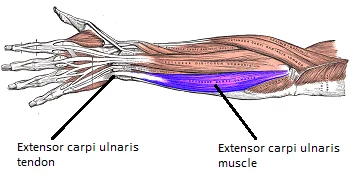
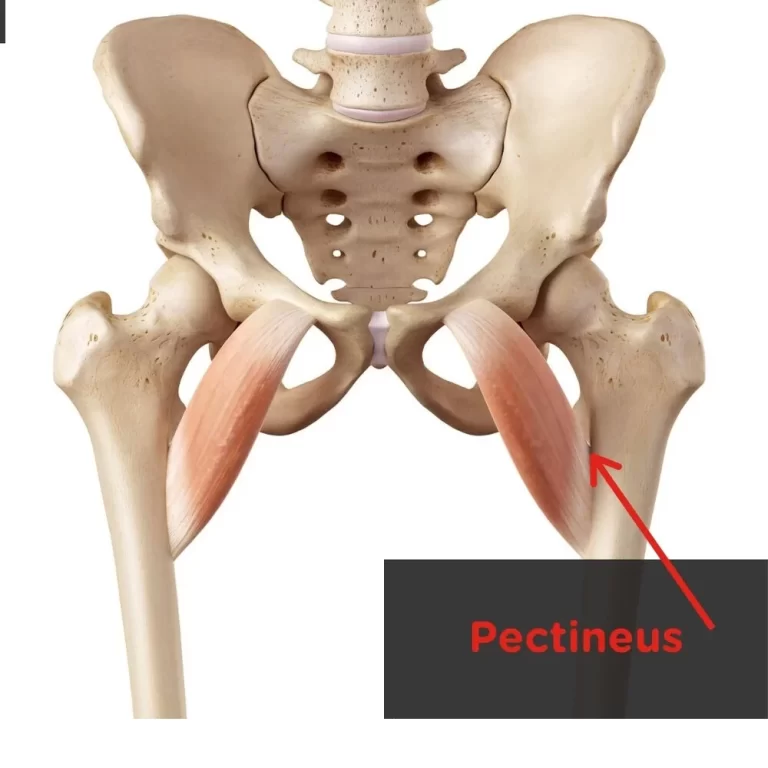
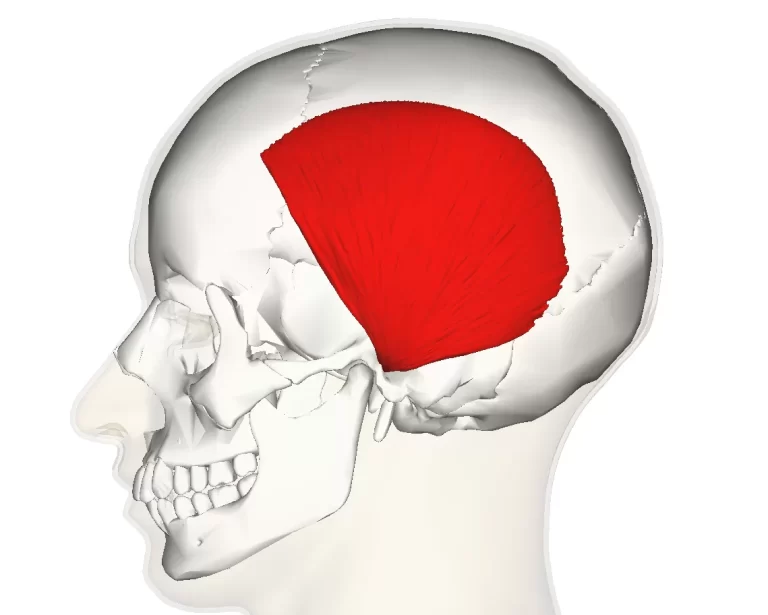
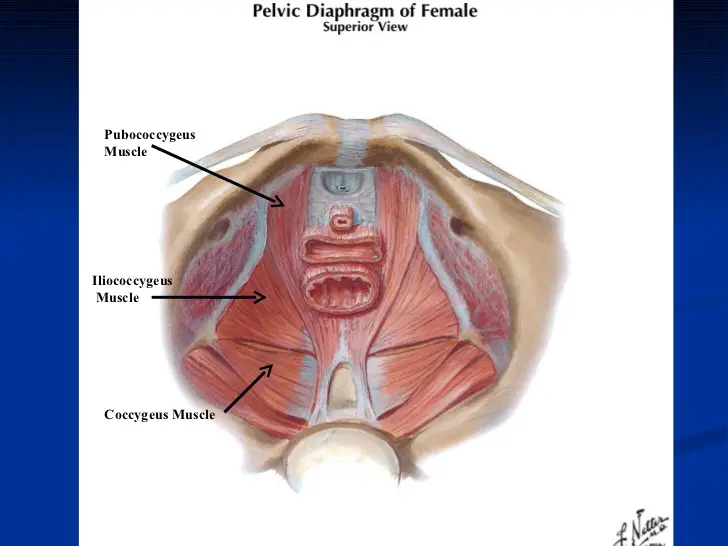
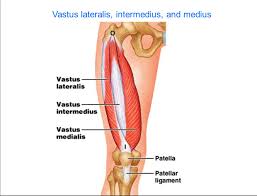

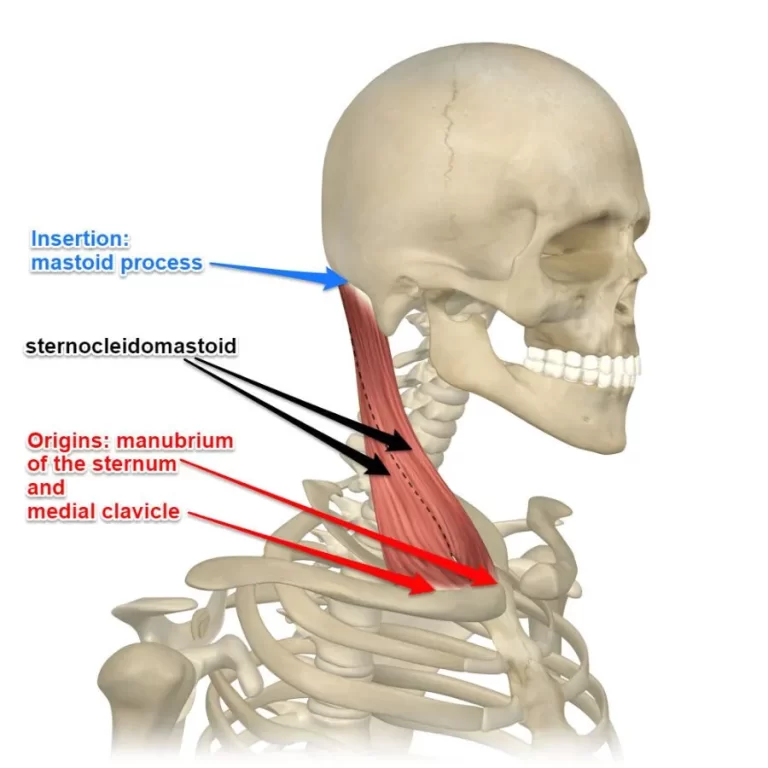
3 Comments